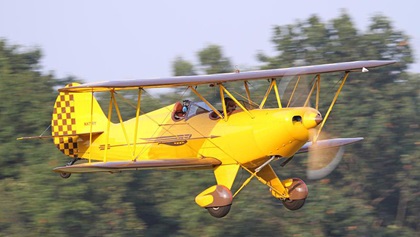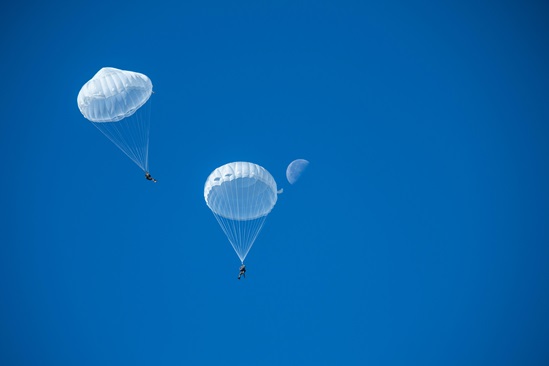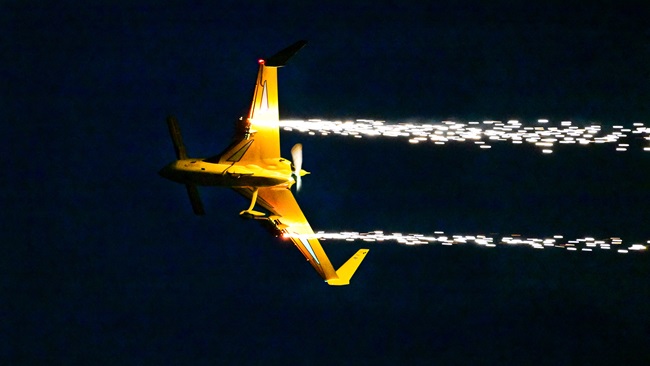Thought experiment
Trying the other world of ownership
The mission: Normally potential owners start with a mission and seek an airplane to fit the seating, distance, cost, and useful load needs. But you’re a bit different. You have been watching the experimental world for a few years and you’re ready to dip in your toes. You love the idea of performing some basic owner maintenance and installing your own upgrades, and you are excited to try new technologies earlier and for less money than owners of certificated aircraft. This will probably be a second airplane for you, and owning an experimental is a way to gauge whether building one is feasible in the future. [email protected]
The budget: $75,000
Van's RV-4

You can’t talk about experimentals without talking about an RV. The most plentiful of all experimental aircraft, RVs have a reputation for being fun to fly, economical, and easy to own and trade. The large and widespread community is a great resource, and with more than 11,000 out there, support is plentiful. RV-4s are a great introduction to the make, and this budget will find a nice one for sale.
Hatz biplane
 The experimental world is full of great biplanes that are available as a kit or from plans. But we think if you’re going to go for a biplane and it’s your second airplane, you have to go classic. Hatz biplanes are smaller versions of the Golden Age open-cockpit classics, but roomy enough for our modern diets, and with modern engines to make them easier to own. For this budget you could buy the nicest one around and still have lots of money left over for leather jackets and goggles.
The experimental world is full of great biplanes that are available as a kit or from plans. But we think if you’re going to go for a biplane and it’s your second airplane, you have to go classic. Hatz biplanes are smaller versions of the Golden Age open-cockpit classics, but roomy enough for our modern diets, and with modern engines to make them easier to own. For this budget you could buy the nicest one around and still have lots of money left over for leather jackets and goggles.
Long EZ
 To experience the spirit of the experimental community, and connect to its history, a Long EZ might be the right choice. Burt Rutan’s Long EZ is revered for its efficiency, and owners are continually tweaking the design to push the limits of what’s possible for lower horsepower engines. For the technical types it can be a thrilling pursuit of progress. For stick-and-rudder types the design is stable enough to be enjoyable, but unique enough to still be fresh 50 years later.
To experience the spirit of the experimental community, and connect to its history, a Long EZ might be the right choice. Burt Rutan’s Long EZ is revered for its efficiency, and owners are continually tweaking the design to push the limits of what’s possible for lower horsepower engines. For the technical types it can be a thrilling pursuit of progress. For stick-and-rudder types the design is stable enough to be enjoyable, but unique enough to still be fresh 50 years later.



